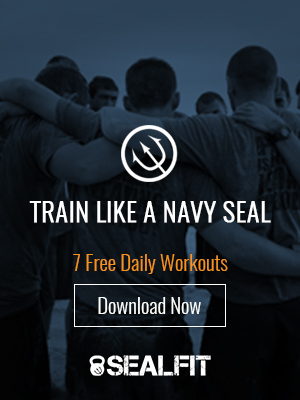2013
Last week we discussed key strategies to maintain your durability, including: core engagement and strength, flexibility and mobility and injury avoidance.
As discussed, in order to become and maintain durable, you need both soft and hard skills.
Below are some more strategies for you to stay at the top of your game when it comes to durability:
Hydration& Refueling: Drink lots of fresh water and use electrolytes to avoid cramping. Generally, drink half your body weight in ounces of water throughout the day. Drink liberally before, during, and after a training session. Refuel with a protein-laden snack within 30 minutes of a session. For sessions longer than an hour, snack during the workout. Hydrating and refueling must become a discipline. Sporadically remembering to hydrate means that you’re dehydrated. Dehydration and under-nourishment will lead to a declining performance, low motivation, and possible injury.
Rest& Recovery: We have already discussed this in detail – it is as important as hydration and refueling; program it into your training regimen. Encourage your team to take training time-outs, or days off, when they feel depleted. Get eight-hours of good, restful sleep a night. It’s not always practical for SEAL operators, but for everyone else, do it. Growth hormones release only when you’re in REM sleep, which is the third cycle of sleep. Avoid sugar, including alcohol, prior to bedtime, because sugar inhibits sleep patterns and hinders muscle recovery and growth.
Training with an injury: At SEALFIT, we have a different view on injuries than most. Traditional wisdom is that an injury means you do an “all stop” and let the wounded limb or muscle recover fully. Often a SOF guy or gal does not have that luxury – especially if in the field. Depending on the severity, it is likely that you will need to find a way to work or train around it. In fact, the only injury that has laid me out flat for more than a day is a torn back muscle. Even then I was back doing some basic functional movements as soon as I could walk. So look at the injury and ask yourself – what can I still do that won’t exacerbate the injury? When I broke my wrist I did one-arm burpees and a ton of 1-arm snatches, and ran. With a shoulder injury, or broken scapula, you can immobilize the injured area and do core development, squats, lunges, and running or spinning without using your hands. Creativity and listening to your body are your guides. The Doctors reading this are cringing, but our experience here at HQ is that the affected part of your body heals quicker with this approach – largely because you are pushing healing blood and energy into the wound, and more importantly your attitude remains positive and forward leaning! Of course, as with anything, if you have an injury consult your M.D., to determine which exercises are suitable.
Train hard, stay durable, and have fun doing it! Hooyah.
Mark Divine
Leave a Reply cancel reply
You must be logged in to post a comment.


No Comments